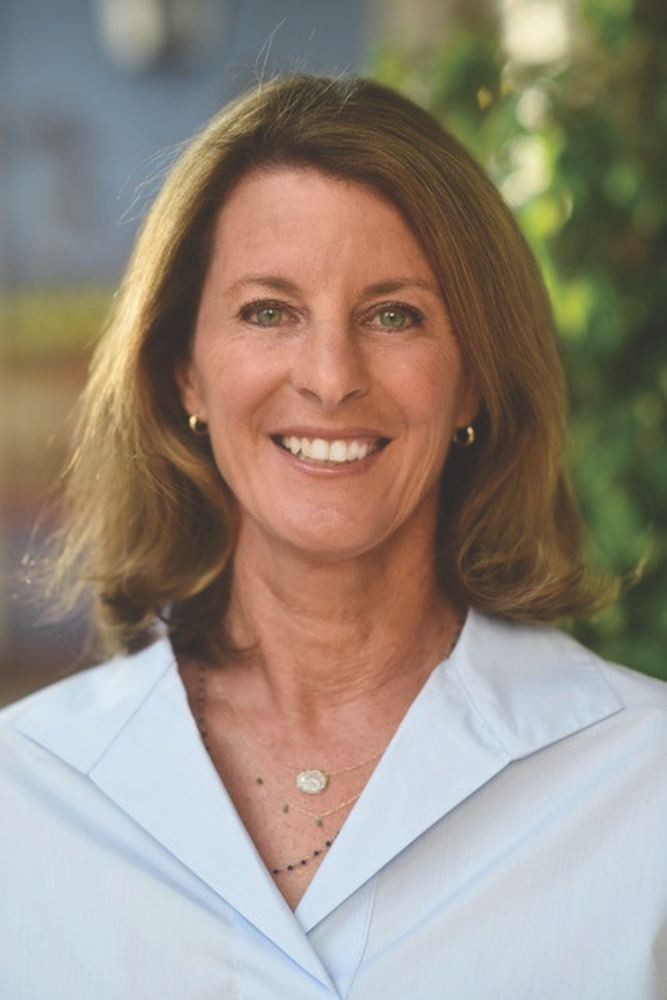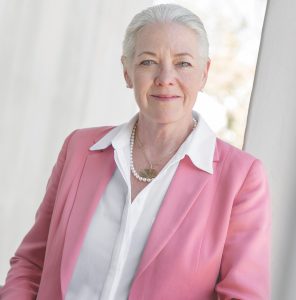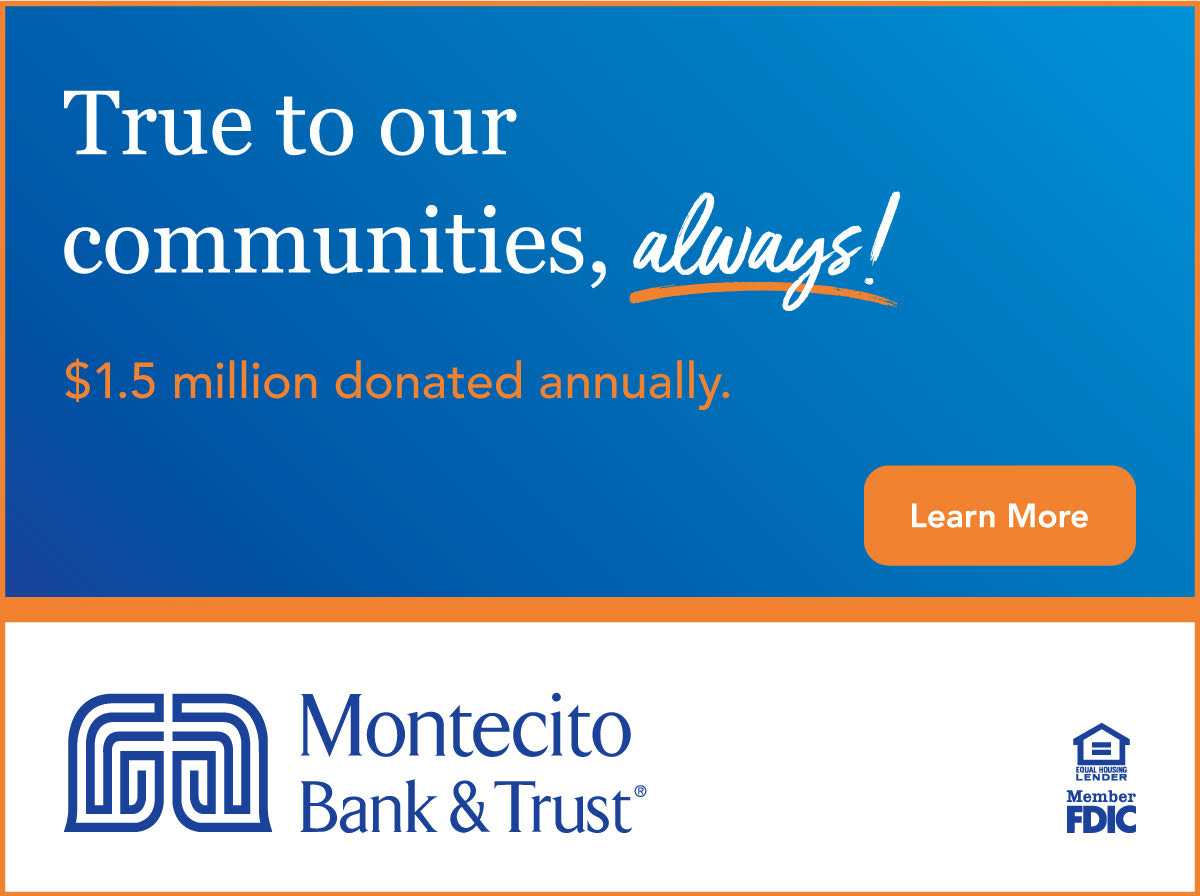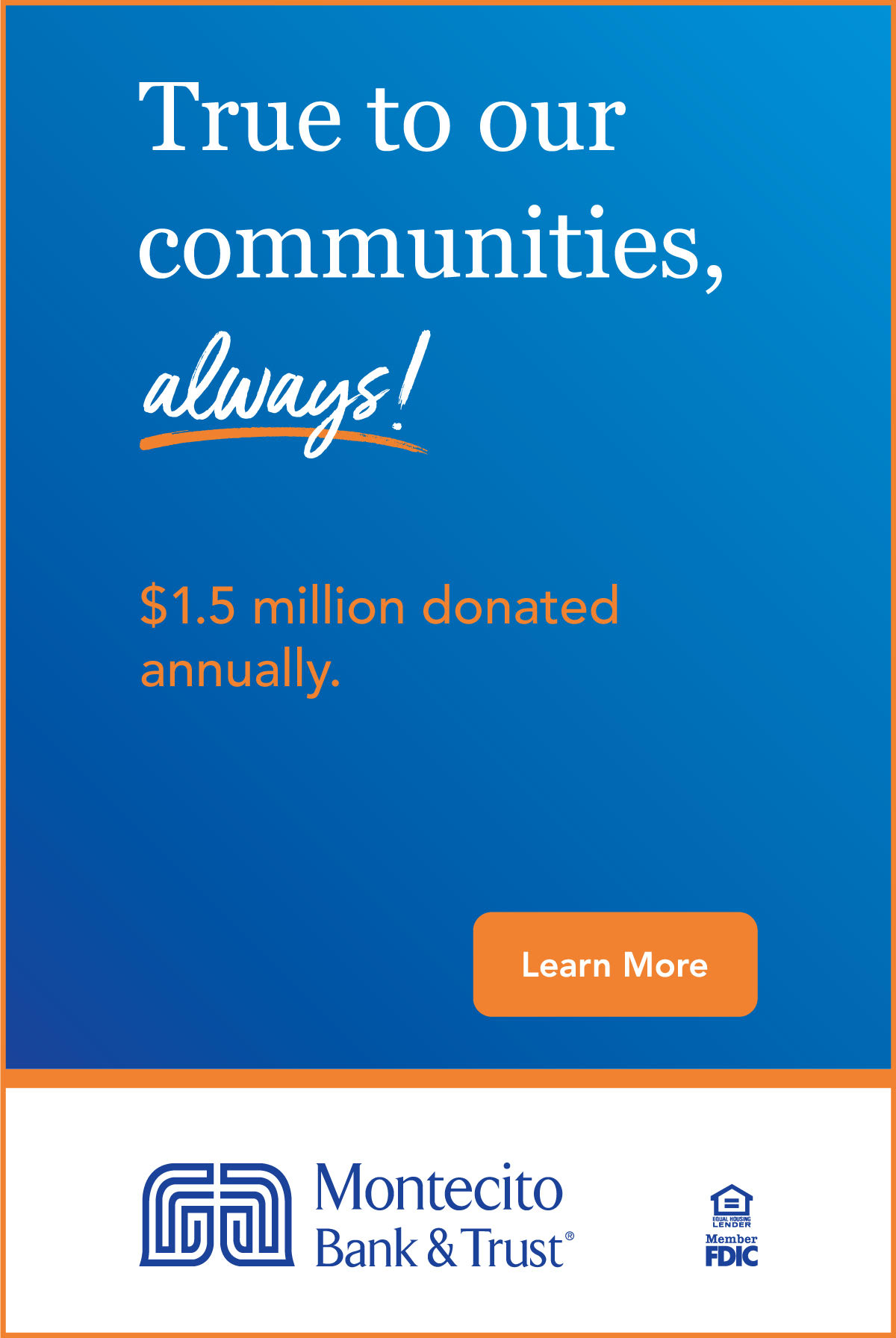Growing Up with Philanthropy

For Yvette Birch Giller, president and COO of Santa Barbara’s Mosher Foundation, philanthropy is a family affair. Working alongside both her father, Ed Birch, the Foundation’s chair and CEO, and her mother, Suzanne Birch, a trustee and education program specialist, Giller, after 13 years at Mosher, is preparing to take the reins from the man she calls her mentor, her role model, and her biggest cheerleader.
Today, Giller finds herself at the nexus of the gradual sunsetting of Santa Barbara’s legendary philanthropic foundation trailblazers, and the dawn of a new generation of foundation leaders. And Giller has the benefit of both hindsight and foresight as Santa Barbara continues to cement its reputation, even as in some ways it redefines itself, as a place where residents find community connection and meaning through their commitment to giving back.
Q: When did philanthropy become a part of your life?
A: I grew up with philanthropy. It was always a part of who we were as a family. My dad was always into sports, and we all played athletics; we lived in Ohio until I was 11. And besides being into sports, we’d go down and help at different activities in the town. But part of my dad’s job was also being involved in the community, so I tagged along with him. So, I started out as more of an observer.
The first thing I did on my own was in junior high. I was bored one summer so I went down to Cottage Hospital and became a candy striper. That was really my first experience where it felt great to volunteer. People were going through different things, and I was there to talk and bring them meals. It was a transformative experience for me that led me to want to do more.
How does that manifest now in your own nuclear family?
My kids all went from K-8 to Marymount and part of the fabric of the school was giving back. So, they were exposed to participating in different community organizations. And my kids would do lemonade stands and raise funds for Afghanistan and different things that were happening in the world that they felt they could give back to.
You recently began sharing responsibilities with your father in running the Mosher Foundation. How is that going?
It’s the best thing in the world to work with my dad. I’ve been with the Mosher Foundation for 13 years. I’d lived in Santa Barbara longer and was aware of my dad’s work at Mosher, but I was volunteering at the kids’ school and at Storyteller, so I was seeing nonprofits from the other side. How important the funds were to organizations and how going out to foundations and other sources was so important. I’ve always been very close with my dad. He’s my role model, mentor, my biggest cheerleader. He encouraged me to join him at Mosher. Over the 13 years he’s been telling me how great it is to work together. And I feel the same way. My mom has been involved for a long time, too, as the education specialist. With both of them having such a strong background in education, I got to learn from them in more depth in that particular area, but just to be working side by side with them I learn a lot.
Can you give me a little history of the Mosher Foundation?
It was originally the Samuel B. and Margaret C. Mosher Foundation, which was started by Sam Mosher back in 1952. And Sam passed away in the 1970s. Maggie Mosher informally ran the foundation. It wasn’t formalized as the Mosher Foundation we know today until 2002 after Maggie Mosher passed away. She gave to her areas of interest which included health, education, and the performing arts, which is how we formally established those as our three giving areas.
As your generation takes over philanthropy, do you see a shift coming in Santa Barbara’s philanthropic priorities?
It’s significant, the shift that’s happening right now in the foundation world. It’s a little early to tell, but I think that commitment to philanthropy is there, and probably growing stronger. There are a lot of newer foundations being established. And I think there’s a blurring of some of the different categories where you see how one thing affects another; much like the Santa Barbara Foundation coming out with their housing authority report, which is hugely important.
We hear terms like trust-based philanthropy or intersectionality. Do you see those trends impacting philanthropy in Santa Barbara?
I do. I think we’re learning right now. Melding old ways with new ways. We’re always wanting to do better by the nonprofits. Another buzz area is operational grants and why that’s so important. Which breaks from what we’ve traditionally done, which is programmatic grants. It’s my job to study that because, maybe that is best for the future of philanthropy in nonprofits. But the foundations all work very differently. We’re not a “one size fits all” and I know that’s difficult for the nonprofits.
Do your personal philanthropic priorities differ from the priorities of the Mosher Foundation?
In some ways, they do. But I have a passion for all these things. My passion is for animals, animal care and empathy, whether it be the zoo, the Humane Society… I’m a long-term vegan vegetarian who tries to do my best in that arena and how I live my life with empathy for animals. So that bleeds into what I eat and nourishment. And that journey has led me to learn about having healthy food education available. We live in California with a plethora of vegetables and fruits. And that helps the health outcomes of communities, and the environment.
One of the reasons we started The Giving List is our sense that there wasn’t a great way for community members to learn about what their giving options are. So, it tended to be what was on people’s radar at that moment, is what they gave to. Do you see that?
Absolutely. In this community, you give back in whatever way you can, and for people to find something that might resonate with them and how they can be a part of this community is really through working with nonprofits. I think The Giving List is a great way to try and get that out there. But The Giving List can’t get to everybody, so I think there’s many different spokes on that wheel and nonprofits need to work hard to get the word out when they don’t have a lot of time for that.


